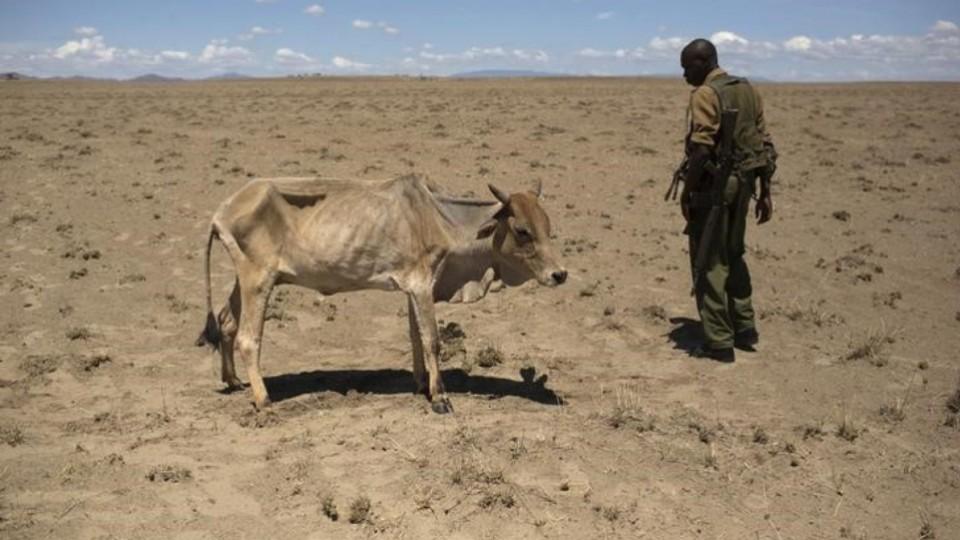A regional climate monitoring organization warned on Wednesday that the catastrophic drought in the Horn of Africa is certain to continue with a sixth straight failed rainy season, predicting worse conditions than a decade ago when some 260,000 people died in Somalia alone.
Additionally, forecasts for the 2023 March-May rainy season point “towards depressed rainfall and high temperatures,” the Intergovernmental Authority on Development Climate Prediction and Applications Centre (ICPAC) said.
In the Greater Horn of Africa’s equatorial regions, the critical March to May season generally produces up to 60% of the region’s yearly total rainfall.
The forecast supports the worries of meteorologists and relief organizations, who have forewarned of an unprecedented humanitarian calamity as the region experiences the longest and most severe drought.

“In parts of Ethiopia, Kenya, Somalia, and Uganda that have been most affected by the recent drought, this could be the 6th failed consecutive rainfall season,” ICPAC said in a statement.
The Horn of Africa is one of the places most sensitive to climate change, and extreme weather events are occurring with growing frequency and intensity.
Millions of animals have been slaughtered by five consecutive failed rainy seasons, which also devastated crops and compelled more than a million people to flee their homes in search of food and water.
Also read Kiambu County suffers from a cholera outbreak.
According to the East African grouping IGAD and UN’s FAO, 23 million people in Kenya, Ethiopia, and Somalia are already “extremely food insecure,” making the impending conditions worse than the 2011 drought, according to ICPAC.
A famine was proclaimed in Somalia that year, and the UN estimates that over 260,000 people — half of them children under the age of six — perished from hunger, in part because the international world did not intervene quickly enough.
The area had already had two unfavorable wet seasons at that time.
According to UN chief Antonio Guterres, the current severe drought in Somalia has caused 1.3 million people to become internally displaced, with women and children making up 80% of those.
Despite the fact that famine thresholds have not been crossed, 8.3 million people — or more than half of Somalia’s population — will require humanitarian help this year, according to Guterres.



